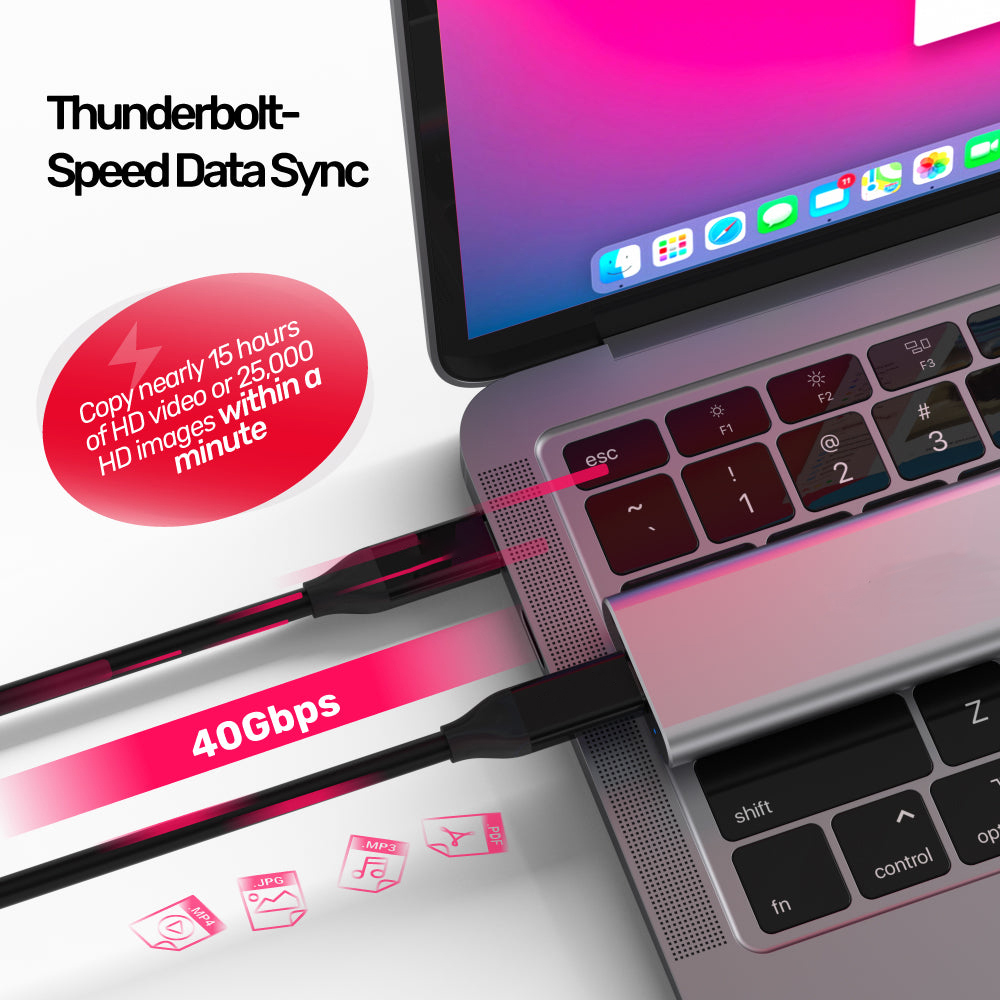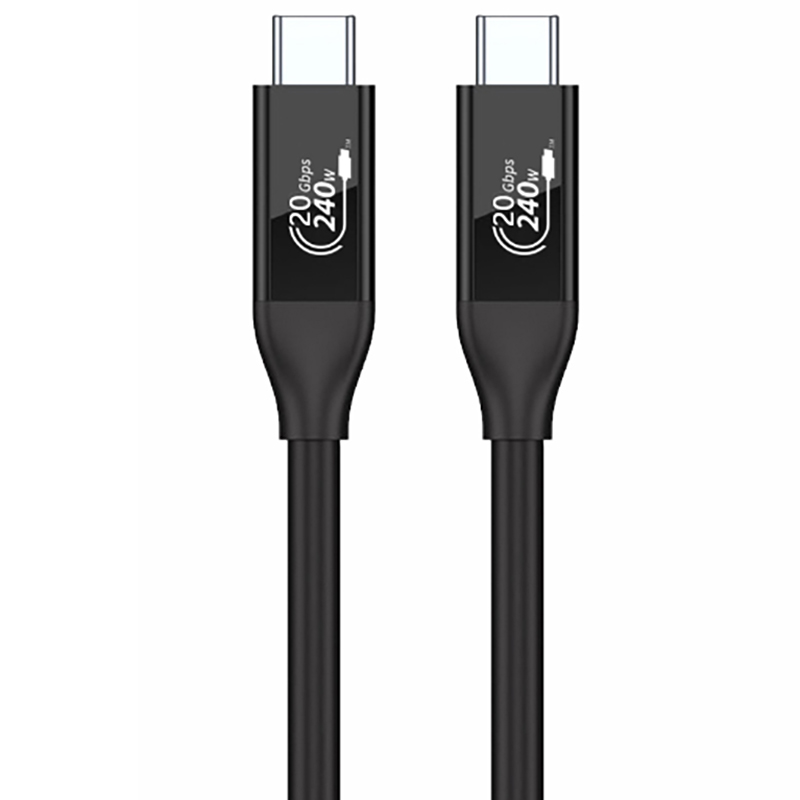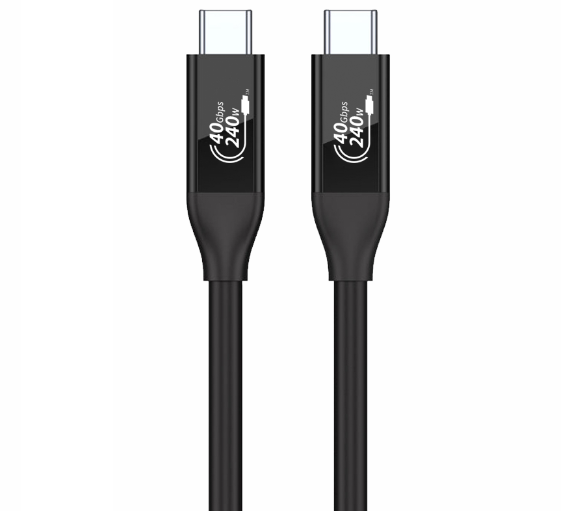Before we start, here are a few things you should keep in mind before buying a USB cable. If you’re purchasing one primarily to fast-charge your smartphone or laptop, look at the charging speed supported by the cable. Until recently, the maximum charging speed allowed by the USB Power Delivery specification was 100W, but now we're seeing that go up to 240W (though very few devices actually support it). You can check out our best USB PD fast charger recommendations for that.
If you’re buying a USB cable that'll be used for data transfer, check for the generation of the cable. Here are the commonly available USB generations right now:

USB 4 version 2.0 is also coming soon, which will introduce bi-directional bandwidth up to 80Gbps, but there's no hardware that supports this specification yet. You can find some USB 4 laptops, however, and many laptops support Thunderbolt 4, which uses a USB Type-C connector, too.
Obviously, the data transfer speeds will also depend on the connectors in your devices. So unless your devices on both ends can also support the high speeds, you won’t get them while transferring data. It also goes without saying that cables that support faster transfer speeds will usually be more expensive than those cables that work only on slower speeds (but don't confuse the higher price as complete proof of high-speed transfer capability).
One last thing to note is that the most recent versions of USB, starting with USB SuperSpeed 20Gbps, no longer support USB Type-A ports. If you want the fastest speeds possible, USB-C is the way to go now. However, USB Type-A is still extremely common, so we have a few options for USB Type-C to Type-A cables at the end. Also, USB SuperSpeed 20Gbps (USB 3.2 Gen 2x2) isn't very common since it was quickly superseded by USB 4.


By continuing to use the site you agree to our privacy policy Terms and Conditions.